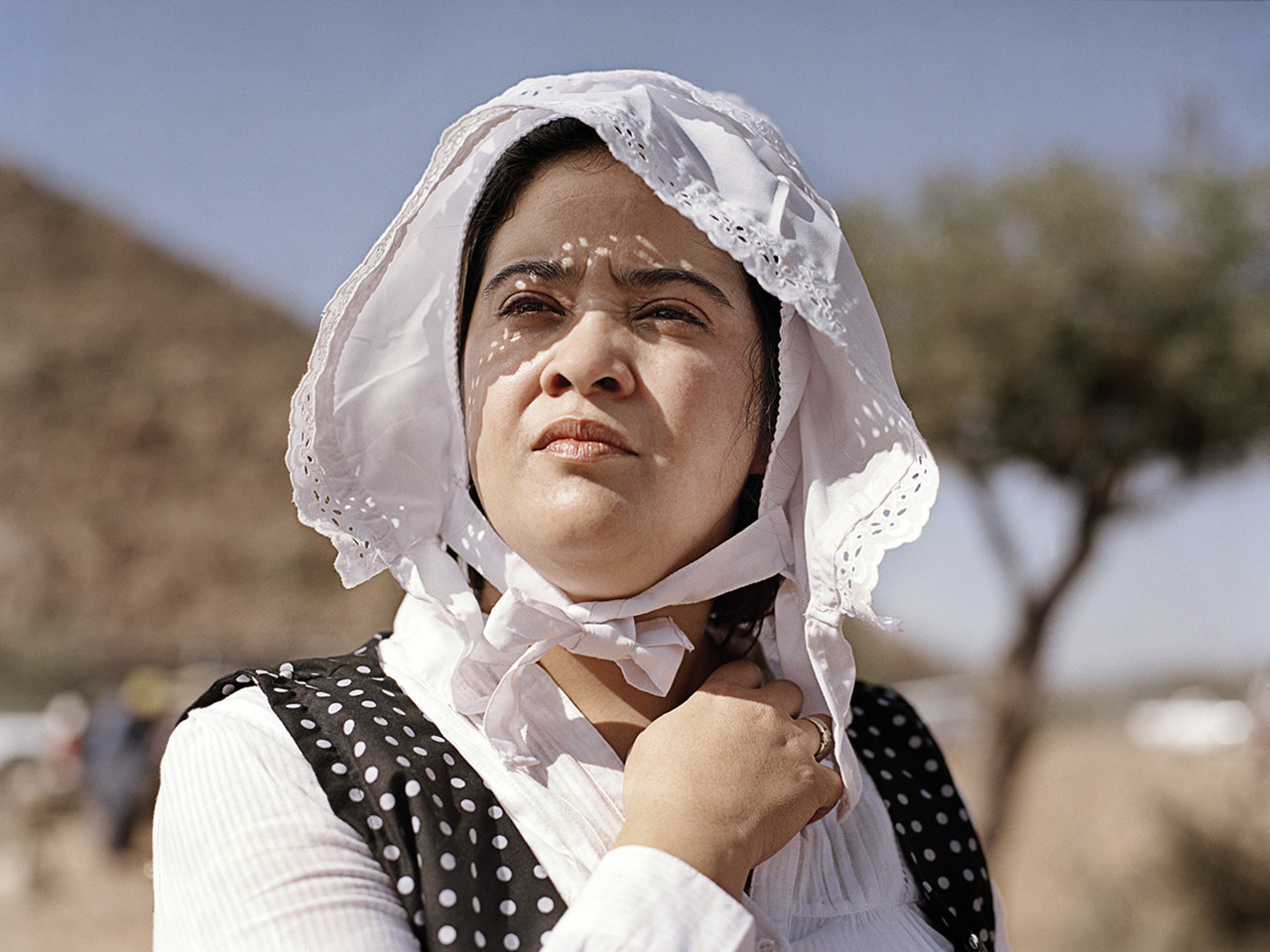A bad name is supposed to be seen as a thing of scorn, maybe that is to true to a very large extent. To the Rehoboth Basters of Namibia, an unconducive name is to be worn as a badge of pride. The name Basters is the literal equivalent of the Dutch word for bastards. The name is not one that was crafted out of maliciousness or from too much wine, it was a true expression of the state of birth of the basters as they are known today. The basters were the offspring of the unholy alliance between the Dutch Afrikaaners and the Khoisan bushmen that occurred in the 18th century.
This union created an awkward situation for the racist psyche at that time. The Basters were deemed as superiors to the black people and indeed the Khoisan bushmen due to the white man blood in them. However, they were also deemed inferior and seen as too black to be accepted by the European. The resulting conflict was what caused the Basters to move away from south Africa and move into the open field that is today central Namibia. They called the settlement Rehoboth, a place of rest. That is where the name Rehoboth basters came from.
Today, the Basters are still pushing for recognition, hard pressed by the Owambos, the Basters who are only about 300,000 strong fear that their culture may soon be taken over. The Basters see themselves as different from other white African races and their culture is different.

The basters have their own constitution and their own senate, called the Kaptein’s council. The council established the first Vanderlike Wette which is the constitution of the Rehoboth basters. The principles contained in the constitution guides the conduct of the Basters. The constitution have influenced the actions of the basters into the 21st century, although they no longer have the force of law since Namibia got independence.
The Basters have a long-standing tradition of electing their leaders democratically. This was implemented even before democracy became a thing in several part of Africa. According to the Vanderlike Wette in 1872, a kaptein is elected for life. The kaptein then elects members of the council who forms the executive government of the Rehoboth. The constitution also grants the power to elect a people’s council for the space of three years. This forms the legislative arm of the government.
In the past, every male Basters is allotted land when they become 18. The land size that was given at first was 14,000 sq feet, it was later reduced to 3,200 sq feet. This continued until the new socialist government of Namibia took over power and the lands on the 21st march 1990. The government have since taken actions without considering the impact of the same on the Basters. The baster’s land is today controlled by the local town council which replaced the council of the Kaptein.
The Basters land is still a delight to visit though.